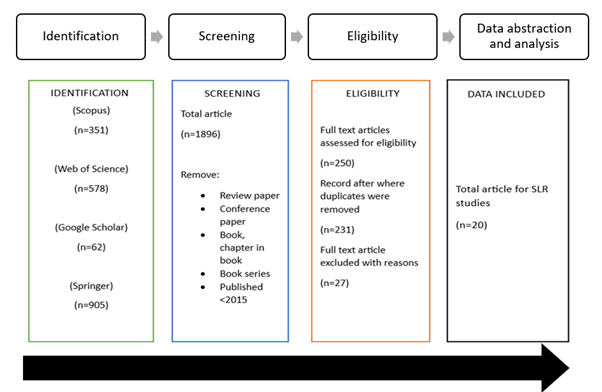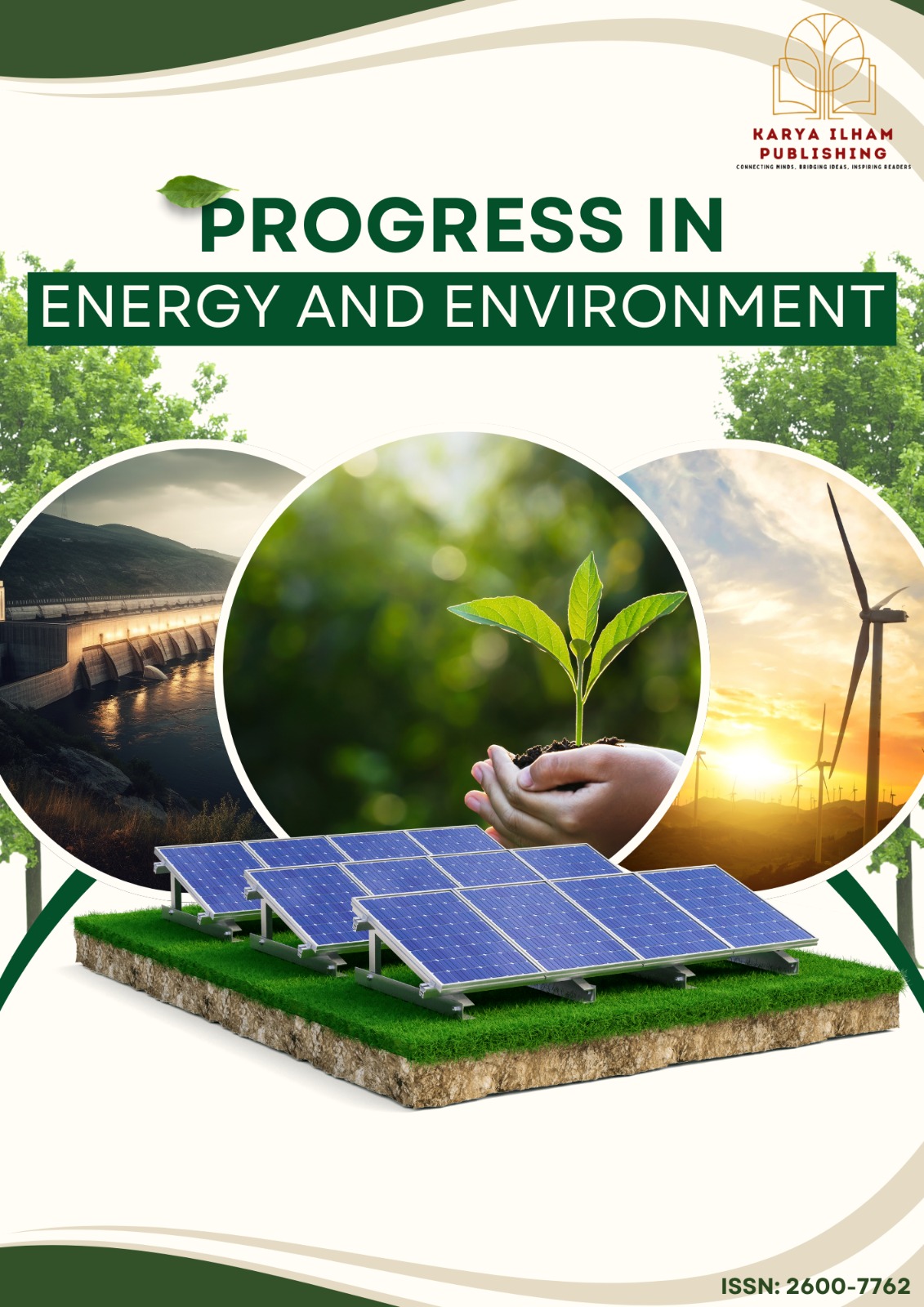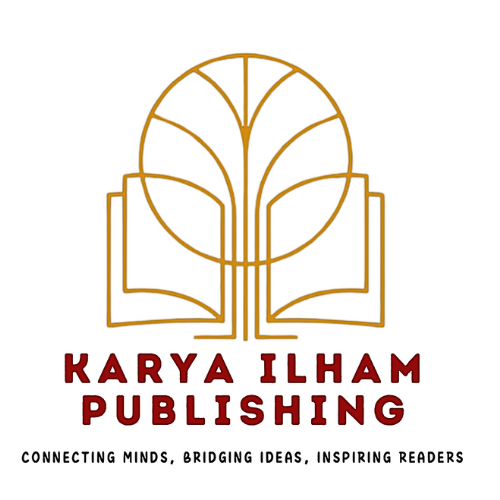Literarily Capturing Key Factors Influencing the Long-Term Sustainability of Green Wall Maintenance in Malaysia
DOI:
https://doi.org/10.37934/progee.31.3.4958Keywords:
Green Wall, Long-Term Sustainability, Maintenance, Green Wall Maintenance, MalaysiaAbstract
Green building and sustainability are current social concerns. The global construction industry is actively promoting the implementation of sustainable green development, with Malaysia being one of the countries that places significant emphasis on these initiatives. Green walls are a crucial building component that closely aligns with sustainability and energy efficiency. Buildings in Malaysia have begun to adopt this well-known. However, despite Malaysia's adoption of this technology in buildings, the Malaysian construction industry still considers it a novelty. Therefore, this study aims to capture the key factors influencing the long-term sustainability of green wall maintenance in Malaysia. A qualitative literacy search was used to collect the needed data and was grounded in a systematic literature review (SLR) approach. The PRISMA process is followed, and the outcome is produced. The findings highlight the key factors influencing the long-term sustainability of green wall maintenance in Malaysia, including plant selection, irrigation and water management, structural and system integrity, environmental factors, cost and budget management, and human factors and expertise. The outcome of the research can help propose a comprehensive maintenance strategy for green walls in Malaysia and lead to a reduction in operation and maintenance costs.
References
[1] M. Manso, and J. Castro-Gomes, Green Wall Systems: A Review of Their Characteristics. Renewable and Sustainable Energy Reviews 41 (2015) 863–871. https://doi.org/10.1016/j.rser.2014.07.203.
[2] Y. Yungstein, and D. Helman, Cooling, CO₂ Reduction, and Energy-Saving Benefits of a Green-Living Wall in an Actual Workplace. Building and Environment 236 (2023) 110220. https://doi.org/10.1016/j.buildenv.2023.110220.
[3] Z. Huang, Y. Lu, N.H. Wong, and C.H. Poh, The True Cost Of “Greening” A Building: Life Cycle Cost Analysis of Vertical Greenery Systems (VGS) In Tropical Climate. Journal of Cleaner Production 228 (2019) 437–454. https://doi.org/10.1016/j.jclepro.2019.04.275.
[4] A. Campbell, V. Chanse, and M. Schindler, Developing A Conceptual Framework for Characterizing and Measuring Social Resilience in Blue-Green Infrastructure (BGI). Preprints 16 (2024) 3847. https://doi.org/10.20944/preprints202403.0715.v1.
[5] M.M. Nevárez-Favela, J.C. García-Albarado, A. Quevedo-Nolasco, A. López-Pérez, and M.A. Bolaños-González, Perception of Green Infrastructure Systems: Green Walls and Green Roofs. Agrociencia 57(8) (2023). https://doi.org/10.47163/agrociencia.v57i8.3077.
[6] A. Medl, R. Stangl, and F. Florineth, Vertical Greening Systems – A Review on Recent Technologies and Research Advancement. Building and Environment 125 (2017) 227–239. https://doi.org/10.1016/j.buildenv.2017.08.054.
[7] N. Abdeen, and T. Rafaat, Assessing Vertical Green Wallsforr Indoor Corridors in Educational Buildings and Its Impact Outdoor: A Field Study at the Universities of Canada in Egypt. Results in Engineering 21 (2024) 101838. https://doi.org/10.1016/j.rineng.2024.101838.
[8] M. Radić, M.B. Dodig, and T. Auer, Green Facades and Living Walls—A Review Establishing the Classification of Construction Types and Mapping the Benefits. Sustainability 11(17) (2019) 4579. https://doi.org/10.3390/su11174579.
[9] K. Gunawardena and K. Steemers, Urban Living Walls: Reporting on Maintenance Challenges from a Review of European Installations. Architectural Science Review 63(6) (2020) 526–535. https://doi.org/10.1080/00038628.2020.1738209.
[10] F. Grabski, 11 - Simple Model of Maintenance in Semi-Markov Processes: Applications in System Reliability and Maintenance, Elsevier, 2015. https://doi.org/10.1016/B978-0-12-800518-7.00011-9.
[11] M. Patel, J. Vasa, and B. Patel, Predictive Maintenance: A Comprehensive Analysis and Future Outlook, in Proceeding 2023 2nd International Conference on Futuristic Technologies (INCOFT) Karnataka, India. Nov 24-26, 2023: pp. 1–7. https://doi.org/10.1109/INCOFT60753.2023.10425122.
[12] A. Crespo Márquez, The Maintenance Management Framework: Models and Methods for Complex Systems Maintenance, 1st ed., Springer, London, 2007. https://doi.org/10.1007/978-1-84628-821-0.
[13] M.Y. Chew, and S. Conejos, Developing A Green Maintainability Framework for Green Walls in Singapore. Structural Survey 34(4/5) (2016) 379–406. https://doi.org/10.1108/SS-02-2016-0007.
[14] S. Conejos, M.Y.L. Chew, and F.H.B. Azril, Green Maintainability Assessment of High-Rise Vertical Greenery Systems. Facilities 37(13/14) (2019) 1008–1047. https://doi.org/10.1108/F-09-2018-0107.
[15] Y.A. Rivas-Sánchez, M.F. Moreno-Pérez, and J. Roldán-Cañas, Environment Control with Low-Cost Microcontrollers and Microprocessors: Application for Green Walls. Sustainability 11(3) (2019) 782. https://doi.org/10.3390/su11030782.
[16] O. Tarboush, B. Asilsoy, and Ç. Çağnan, Evaluation of Perception with Regards to Green Wall Systems Application in Nicosia, N. Cyprus. International Journal of Advanced and Applied Sciences 7(3) (2020) 24–36. https://doi.org/10.21833/ijaas.2020.03.004.
[17] M.S.K. Yeo, S.M.B.P. Samarakoon, Q.B. Ng, M.A.V.J. Muthugala, and M.R. Elara, Design of Robot-Inclusive Vertical Green Landscape. Buildings 11(5) (2021) 203. https://doi.org/10.3390/buildings11050203.
[18] L. Dominici, R. Fleck, R.L. Gill, T.J. Pettit, P.J. Irga, E. Comino, and F.R. Torpy, Analysis of Lighting Conditions of Indoor Living Walls: Effects On CO₂ Removal. Journal of Building Engineering 44 (2021) 102961. https://doi.org/10.1016/j.jobe.2021.102961.
[19] S. Tabatabaee, M. Ashour, S.R. Mohandes, H. Sadeghi, A. Mahdiyar, M.R. Hosseini, and S. Ismail, Deterrents to the Adoption of Green Walls: A Hybrid Fuzzy-Based Approach. Engineering Construction & Architectural Management 29(9) (2021) 3460–3479. https://doi.org/10.1108/ECAM-04-2021-0286.
[20] O. Ogut, N.J. Tzortzi, and C. Bertolin, Vertical Green Structures to Establish Sustainable Built Environment: A Systematic Market Review. Sustainability 14(19) (2022) 12349. https://doi.org/10.3390/su141912349.
[21] M. Stollberg, G. Moser, C. Müller, and A. von Birgelen, Meadow-Living Walls: Creating Attractive Vertical Greenery with Meadow Seed Mixtures – Experiences and Recommendations from a Three-Year Field Trial. Ecological Engineering 185 (2022) 106817. https://doi.org/10.1016/j.ecoleng.2022.106817.
[22] M. Reyhani, E. Santolini, P. Tassinari, and D. Torreggiani, Environmental Assessment of Design Choices of Green Walls Based for Materials Combination and Plants. The International Journal of Life Cycle Assessment 28(9) (2023) 1078–1091. https://doi.org/10.1007/s11367-023-02181-x.
[23] S. Carlucci, M. Charalambous, and J.N. Tzortzi, Monitoring and Performance Evaluation of a Green Wall in a Semi-Arid Mediterranean Climate. Journal of Building Engineering 77 (2023) 107421. https://doi.org/10.1016/j.jobe.2023.107421.
[24] G. Jayakody, K. Weerasinghe, G. Jayasinghe, and R. Halwatura, Economical Sustainability of Vertical Greeneries in Tropical Climate. Energy and Buildings 299 (2023) 113580. https://doi.org/10.1016/j.enbuild.2023.113580.
[25] E. Nicolini, F. Olivieri, M.L. Germanà, G. Marcon, M. Chiodi, and L. Olivieri, Comparative Analysis of the Thermal Insulation Performance of a Façade Enclosure Integrated by Vegetation Under Simultaneous Windy and Rainy Climatic Conditions. Building and Environment 239 (2023) 110386. https://doi.org/10.1016/j.buildenv.2023.110386.
[26] P.J. Irga, F.R. Torpy, D. Griffin, and S.J. Wilkinson, Vertical Greening Systems: A Perspective on Existing Technologies and New Design Recommendation. Sustainability 15(7) (2023) 6014. https://doi.org/10.3390/su15076014.
[27] P. Raynham, and A.M. Dugar, Lighting for Green Walls. Light & Engineering 03–2024 (2024) 95–100. https://doi.org/10.33383/2023-046.
[28] U. Madushika, and T. Ramachandra, A Comparative Assessment of Indirect Green Façade and Conventional Walls: Perspective of Life Cycle Cost. Built Environment Project and Asset Management 14(5) (2024) 697–712. https://doi.org/10.1108/BEPAM-07-2023-0123.
[29] W. Zhong, T. Schröder, and J. Bekkering, Implementing Biophilic Design in Architecture Through Three-Dimensional Green Spaces: Guidelines for Building Technologies, Plant Selection, and Maintenance. Journal of Building Engineering 92 (2024) 109648. https://doi.org/10.1016/j.jobe.2024.109648.
[30] M.S. Jimenez, J. Cortesão, S. Lenzholzer, and R. Walker, Plant Pixel: An Optimized Bio-Inspired Living Wall System. Developments in the Built Environment 18 (2024) 100438. https://doi.org/10.1016/j.dibe.2024.100438.
[31] T. Refaat and M. El-Zoklah, Trans-Functional Green Wall’s Developed Predesign Model as a First Stage to Designers to Understand the Design and Potential Performance Aspects of Green Walls. Open House International 49(4) (2024) 752–772. https://doi.org/10.1108/OHI-05-2023-0114.
[32] M. Manso, I. Teotónio, C.M. Silva, and C.O. Cruz, Green Roof and Green Wall Benefits and Costs: A Review of the Quantitative Evidence. Renewable and Sustainable Energy Reviews 135 (2020) 110111. https://doi.org/10.1016/j.rser.2020.110111.
[33] L.J. Han and N.Z. Abidin, Integration of Safety Aspects in the Maintenance Work of a Living Wall: An Overview of Practice and Challenges. Built Environment Journal 18(2) (2021) 23. https://doi.org/10.24191/bej.v18i2.13138.

Downloads
Published
Issue
Section
License
Copyright (c) 2025 Progress in Energy and Environment

This work is licensed under a Creative Commons Attribution-NonCommercial 4.0 International License.















